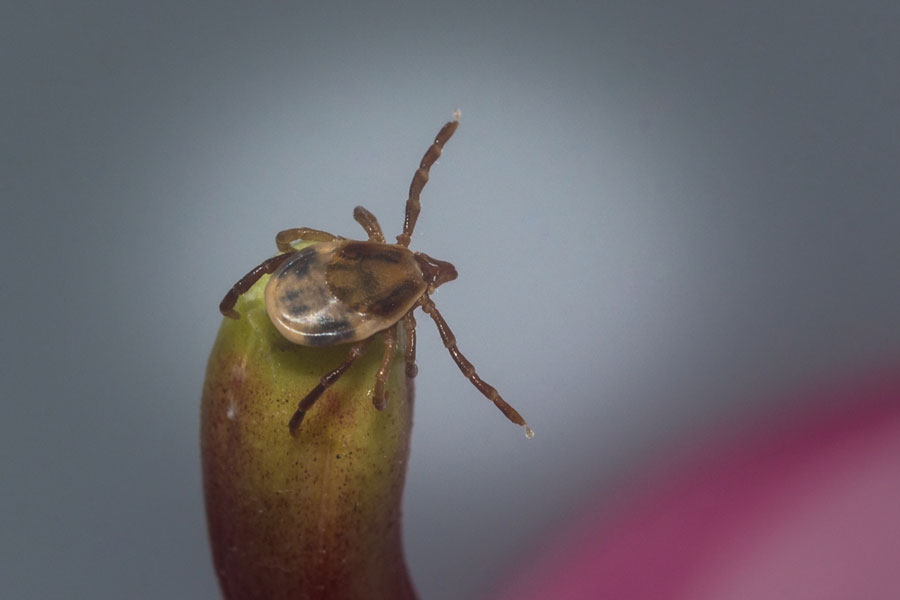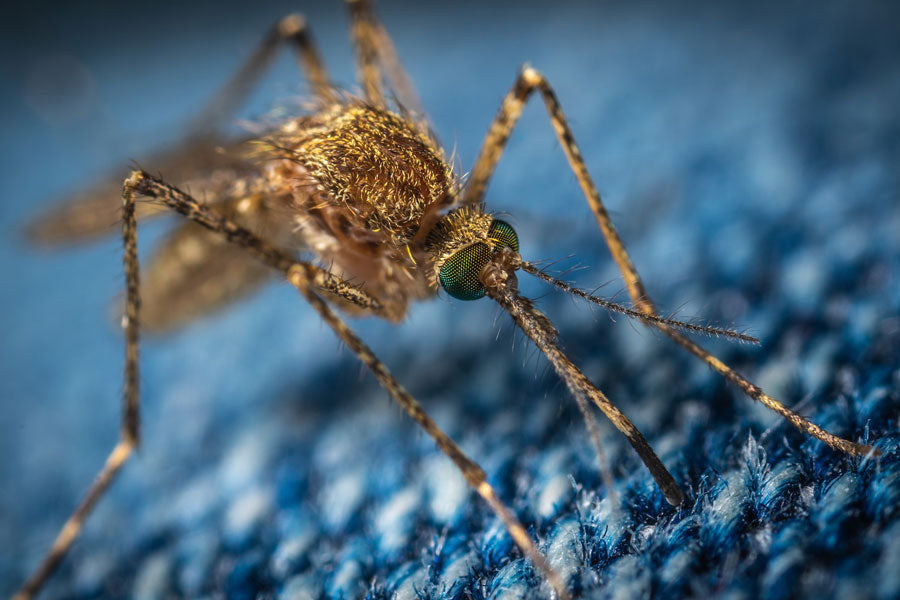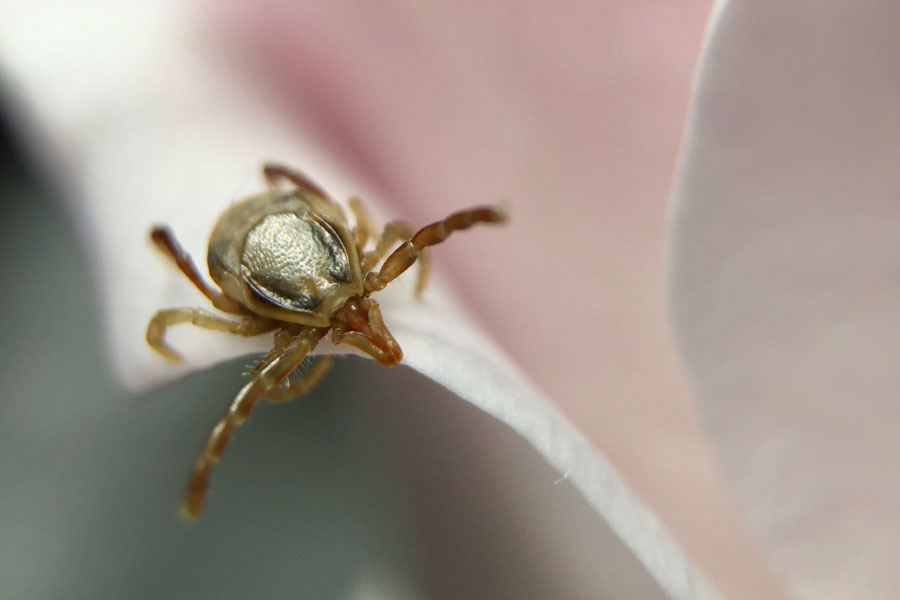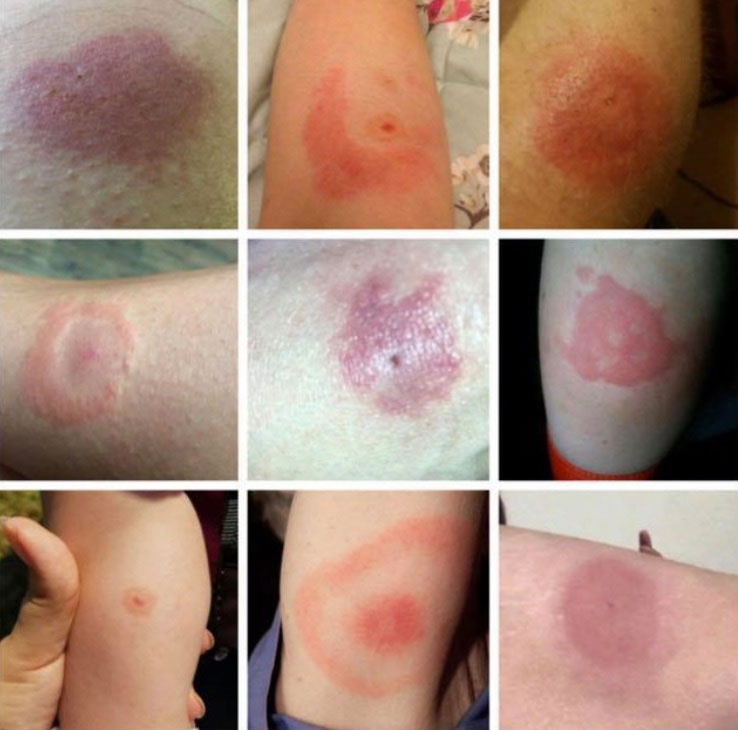
Ticks and Mosquitoes sure love to spoil our outdoor fun.
Should we worry that Mozzies and Ticks are on the increase? Ticks and mosquitoes are more than just an irritating nuisance. They are a severe health concern worldwide.
Changes in our landscape, world travel, and climate create the perfect storm for the spread of new and emerging diseases that both ticks and mosquitoes carry.
Ticks and mosquitoes transcend mere annoyances. They possess the power to mar our outdoor enjoyment and pose a substantial global health risk.
These blood-thirsty insects rank among the deadliest creatures on Earth, harbouring a host of life-threatening diseases. Their annual death toll reaches hundreds of thousands, and millions fall victim to their afflictions, establishing them as an escalating menace to public health worldwide.
Australia has witnessed a change in its climate patterns due to the influence of La Niña. As a result, the continent has seen heavier rains and earlier and hotter summers, extending the warm-weather season. This shift in rainfall patterns has provided insects with prolonged opportunities to flourish, making the conditions perfect for a surge in tick and mosquito populations.
In light of this concerning development, it's essential to take proactive measures to safeguard yourself, your loved ones, and your pets from the increasing threat posed by ticks and mosquitoes.
How are ticks and mosquitoes different? What do ticks and mosquitoes have in common?
The sound of a mosquito buzzing in your ear is beyond infuriating and often signifies you are about to be bitten. Ticks, on the other hand, are silent vectors.
They are two of the most common blood-sucking pests found in many parts of the world. These tiny creatures may differ in appearance and behaviour but share some common traits.
For instance, they both need blood to survive and reproduce, and they are both vectors for a wide range of diseases that can be transmitted to humans and animals through their bites.
Ticks, fascinating members of the arachnid family, share close kinship with spiders, scorpions, and mites. However, these remarkable creatures have unique adaptations that set them apart.

Ticks, unlike most animals, don't quench their thirst by drinking water in the conventional sense. Instead, they rely on a moist environment to sustain themselves, drawing water through their skin, demonstrating a remarkable survival strategy.
These resilient arachnids sport eight legs and a robust, leathery exoskeleton, a natural armour that shields them from the elements. Their distinct feature is the harpoon-like mouthpart, scientifically known as a Hypostome, which serves a crucial purpose.
Ticks employ this specialized tool to anchor themselves onto a host, securely fastening their grip, and then proceed to feed on the host's blood through a straw-like structure. This unique adaptation showcases the ingenious ways in which ticks have evolved to thrive in their environment.
This adaptation is essential to the tick's survival strategy and enables them to feed for extended periods, increasing the risk of transmitting diseases to humans and animals.
They are also known for their slow, deliberate movements known as questing, waiting patiently on a blade of grass, low-hanging branches under trees in piles of leaves or on old logs where they can easily latch onto animals and humans passing by.
They attach themselves to their hosts for extended periods for a good blood meal before dropping off and moving on to their next host or laying eggs.
Mosquitoes, belonging to the insect family, are easily identifiable by their slender, elongated bodies and their gracefully long, delicate legs. These tiny aviators are equipped with a pair of wings that enable them to take flight, allowing them to navigate through their environments with impressive agility.

Their distinguishing feature is the elongated proboscis, which is essentially a needle-like structure they use to puncture their hosts' skin and extract the coveted life-giving fluid, blood.
These resourceful insects quench their thirst with water. Mosquitoes prefer to be most active during the evening and early morning hours, and you can often spot them hovering around sources of standing water, like ponds, lakes, and swamps. It's in these aquatic landscapes that they find their ideal breeding grounds.
Remarkably, even a mere few inches of water serve as a welcoming nursery for female mosquitoes, where they deposit their eggs, continuing the life cycle of their species. This preference for dusk to dawn activity makes it crucial to take precautions during these hours when venturing outdoors to avoid encounters with these blood-thirsty insects.
Ticks are always looking for a feed, especially in the tick season, which is now. And if you are wondering how ticks and mosquitoes find you, it’s through the carbon dioxide you exhale and sensing your body heat.

Australia has 125 different ticks that we know of. Tick bites can cause Relapsing Fever, Borrelia, Lyme Disease, Bartonella, Rickettsia, Babesiosis, Tick Paralysis, Queensland Tick Typhus, Q Fever, Mammalian Meat Allergy, and Flinders Island Spotted Fever. Australia is behind most of the world with research into ticks and the diseases they carry.
In a dry climate, ticks stay hidden under leaves and other bushy debris to remain in a cool moist habitat protected from the sun. This is where they will lay their eggs. In a warmer, more humid environment, ticks can be out looking for their next meal, patiently waiting for many hours of the day to find their next host.
Australia has 300 different mosquitoes that can cause Malaria, Ross Rivers fever, Barmah Forest virus, Dengue fever, Bartonella, Yellow fever, Zika fever, Buruli ulcer and more. Ross River fever is the most prevalent in Australia. Mosquitos bite the legs, ankles, arms, and hands and usually feel very itchy instantly.
Ticks prefer warm, dark areas like the groin, behind the ears, head, hairline, and armpits. In both species, only the females bite. They both need blood to survive and breed. Mosquitos lay 100 to 200 eggs at a time, and a female tick can lay 3,000 and then die.
Male Ticks and mosquitos do not bite. Male mosquitoes are harmless, mainly feeding on nectar. The male tick feeds on cells from the skin and engorged females.
When it comes to daily schedules, mosquitoes prefer to take flight during the enchanting hours of dusk and dawn. In contrast, ticks are diligent creatures, remaining active year-round, with their presence particularly pronounced during the ongoing tick season.
Upon being bitten by a tick, you might notice a small, reddish bump on your skin. Initially, this bump can be easily confused with a mosquito bite, but it typically appears slightly more substantial.
In certain cases, individuals may experience the development of a crimson rash encircling the site of the tick's bite. Over time, this rash may evolve into various forms, with the most familiar pattern resembling a bullseye. It's worth emphasizing, though, that this distinct bullseye rash is observed in only around 40% of tick bites, making it an inconsistent indicator of a tick encounter.

When a tick is carrying a disease, you might encounter flu-like symptoms, including fever, headaches, muscle aches, and overwhelming fatigue. In such cases, it's imperative to consult with a healthcare professional well-versed in the perils associated with ticks and the diseases they transmit.
Mosquito bites, while commonly causing itching, have the potential to escalate into a bothersome rash if scratched. Moreover, there's a risk of infection in these instances.
When a rash emerges as a result of an insect bite, it's advisable to consider a blood test to assess the possibility of disease transmission. This proactive approach ensures timely detection and intervention.
Prevention Section
Fight The Bite
Prevention is always the best cure when it comes to avoiding insect bites. The best way not to get sick from bites is not to be bitten in the first place. To prevent being bitten, it's best to take necessary precautions.Are you prepared for tick and mosquito season?
Checklist

Ticks:
- Apply insect repellent to all exposed areas of the skin. Some recommended products containing DEET or Picaridin are Bushmans® and Aerogard Tropical Strength®. If you are looking for a natural, safe and effective field tested repellent with no chemicals we recommend Ya Mate.
- Avoid long grass and stay on the path.
- Spray shoes with permethrin and tuck the legs of your pants into your socks.
- Dress to protect yourself by wearing long sleeve shirts, and long pants tucked into high socks. Wear shoes that cover your feet, not thongs, sandals, or bare feet. When bushwalking or gardening, tuck your pants into your socks and wear boots, this is the best line of defence for limiting your exposure to ticks and all vectors.
- Remember, ticks can be very difficult to see when you are in nature as they blend in so well with grasses and foliage.
- Avoid long grass, overgrown vegetation, piles of leaves, low hanging branches, sitting on logs and leaning on trees.
- Remove all tick habitat from around the home.
- Always walk on the track when you are in the bush.
- Be tick-aware when you're camping, hiking, bushwalking, in parks and all outdoor activities, especially gardening.
- Remember ticks lurk under piles of leaves where children and pets play.
- Wearing light-coloured clothing makes it easier to see ticks crawling on you and your kids. Larval ticks are only just visible to the naked eye. A magnifying glass makes it easier to see them, and TickEase comes with a magnifier.
- Ticks tend to live low to the ground. Nymph ticks the size of poppy seeds can latch on to your shoes and crawl up until they find your skin and suitable spot to attach for a blood meal.
- Wear shoes that cover your feet, not thongs, sandals, or bare feet. When bushwalking or gardening, tuck your pants into your socks and wear boots, this is the best line of defence for limiting your exposure to ticks and all vectors.
- Wear a wide-brimmed hat and tuck in your hair if possible.
- When coming home check for ticks and throw your clothes in a hot dryer for 20 minutes to kill any ticks on them, as ticks can survive a washing machine cycle.
Mosquitoes:
- Take extra care of babies and kids and keep them indoors during peak times, typically dusk to dawn.
- Ensure that your windows and doors have adequate mosquito-proof screens.
- Cover up exposed skin whenever possible.
- Wear long-sleeved shirts, long pants, and covered shoes in areas with high mosquito exposure, especially if you are in dense foliage for an extended period.
- Drain any standing water to reduce mosquitoes breeding
- If you are bitten and itchy use a cold pack to reduce swelling and clean the bite site to avoid secondary infection.
- Always apply your repellent before going outdoors to keep you safe from annoying biting insects, including mosquitos, midges, sandflies, leeches and ticks.
- Check the Education section on our website for more details.
- Please note that using chemical repellents on babies under two months old is not recommended. Children above two months of age can use chemical repellents, but using a less toxic product is highly recommended. For more information, please visit our website.
- Remember, every time you are about to go outdoors, make sure you have TickEase and YaMate with you.
TickEase:
TickEase is the world's only dual sided tick removal device that allows you to remove ticks from people and pets in one tool.
Purposely made to safely remove ticks of all sizes, types and level of engorgement with precision. Learn how to remove a tick safely here.
Made from durable 100% stainless steel suitable for autoclave sterilization.
It's simple design is easy to use and takes the stress out of removing ticks. Learn how to create your own tick kit to keep your family and pets safe.
YaMate:
YaMate personal insect repellent is an Australian owned and manufactured product registered for the control of insects. It comes in both a spray and lotion for Adults and Kids.
Ingredients are all certified organic and include citronella and six other essential oils, grapefruit extract and bush essences. In a base containing organic Soybean oil, organic cocoa butter, eco soy wax and distilled water.
The lotion is made by hand, made with love. It feels great on your skin, non-greasy and spreads a long way. It is non toxic and will keep you safe from annoying biting insects including mosquitoes, midges, sandflies, leeches and ticks.

